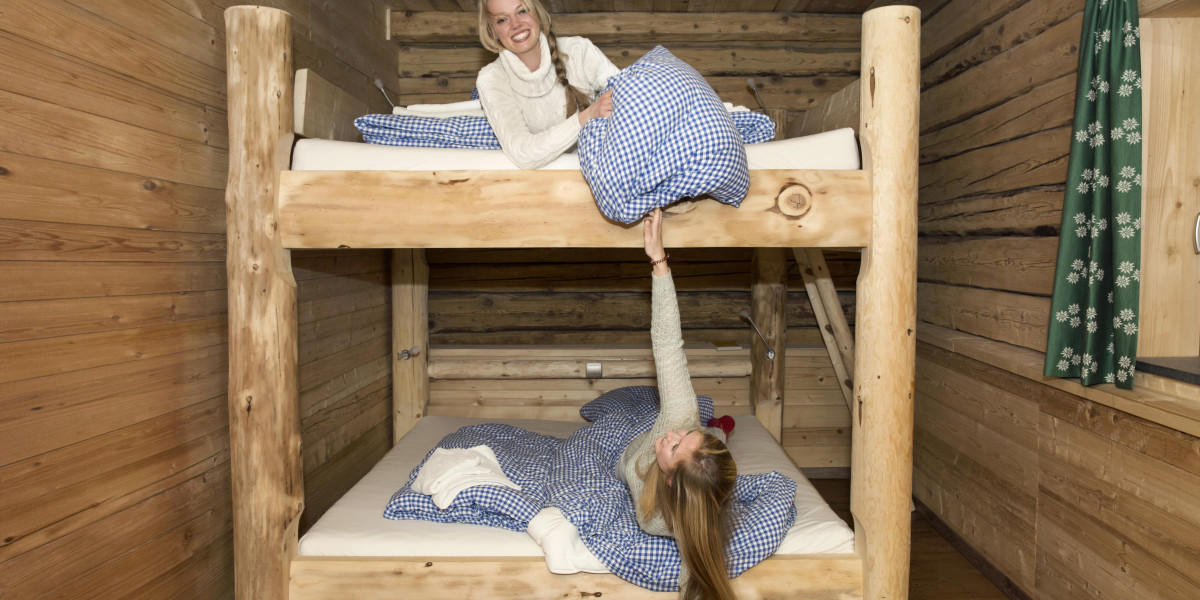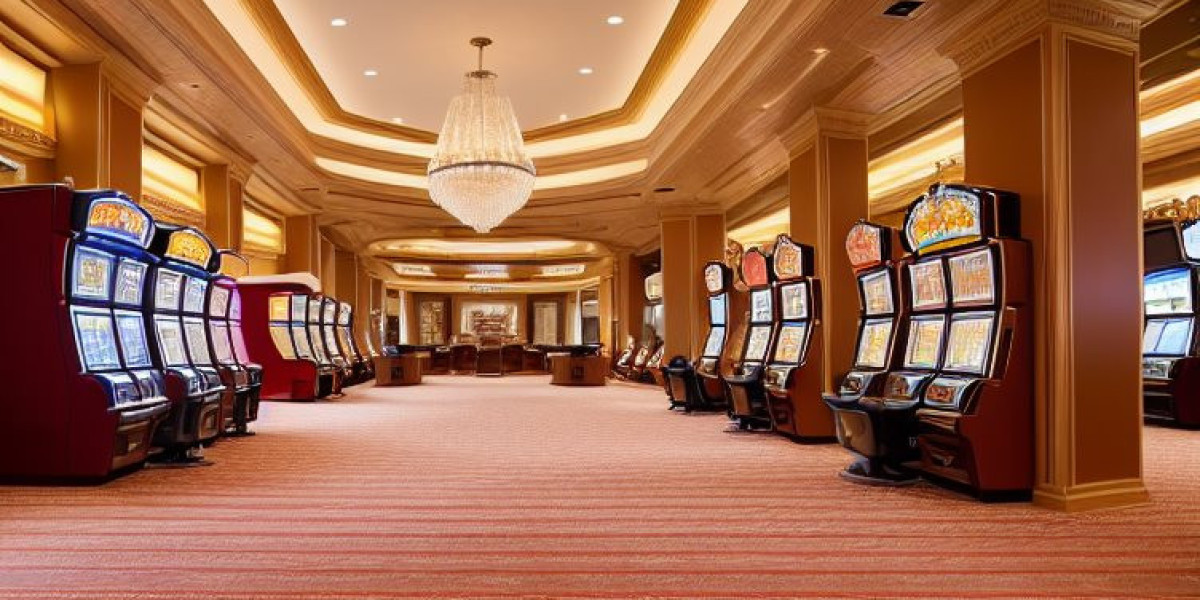The Ultimate Guide to Bunk Beds for Kids: Safety, Styles, and Solutions
Bunk beds have actually long been a popular option amongst moms and dads seeking to optimize space in their children's bed rooms. With advantages that exceed their compact style, bunk beds use a fun and functional sleeping arrangement while encouraging sibling bonding and promoting creativity. In this detailed guide, we check out numerous elements of bunk beds for kids, consisting of security considerations, various designs available, and suggestions for picking the best one for your household.
Why Choose Bunk Beds?
Bunk beds are created to stack one bed on top of another, utilizing vertical space to develop more space for play and storage. They are particularly helpful for households with multiple kids or minimal bedroom space. Furthermore, they provide a daring sleeping environment that kids typically take pleasure in.

Secret Advantages of Bunk Beds:
- Space-saving design: Ideal for small rooms or shared areas.
- Cost-efficient: Often more cost effective than purchasing two separate beds.
- Motivates social interaction: Promotes bonding among brother or sisters or pals.
- Versatile choices: Available in numerous designs and configurations to suit any space style.
Security First: Essential Considerations
When selecting a bunk bed for kids, safety should be the leading priority. The following features are vital for making sure a secure sleeping environment:
Important Safety Features:
- Sturdy Construction: Ensure that the bed frame is made of long lasting materials such as solid wood or metal.
- Guardrails: Bunk beds must have guardrails on both sides of the upper bunk to prevent falls.
- Ladder Safety: A durable, integrated ladder or stairs with anti-slip rungs is important for safe access to the top bunk.
- Weight Limit: Check the producer's weight limitation capacity for both the leading and bottom bunk.
- Mattress Size: Use the correct mattress size as specified by the bed manufacturer to make sure a tight fit within the bed frame.
Safety Tips for Parents:
- Monitor Sleep Habits: Teach children the significance of not using or jumping off the bunk beds.
- Age Appropriateness: Generally, the upper bunk is appropriate for kids aged 6 and older.
- Regular Inspections: Periodically check for any loose bolts, screws, or structural damage.
Designs of Bunk Beds
Bunk beds can be found in a range of styles, permitting parents to choose one that matches their child's room decor while conference specific needs. Below are some popular designs:
Popular Bunk Bed Styles:
- Traditional Bunk Beds: Simple and timeless designs made of wood or metal without any additional features.
- Loft Beds: Features a raised top bunk with space below for a desk, play location, or additional storage.
- L-Shaped Bunk Beds: Arranged in an L-shape, typically perfect for corner spaces and can have extra storage alternatives.
- Twin over Full Bunk Beds: A twin bed on the top and a larger full-sized bed on the bottom, accommodating kids or teens of numerous ages.
- Triple Bunk Beds: Designed to fit 3 beds in a single footprint, ideal for bigger families or slumber parties.
A Comparison of Bunk Bed Styles
| Bunk Bed Style | Description | Best For |
|---|---|---|
| Conventional | Classic design with two stacked beds | Standard bed room setups |
| Loft Bed | Raised bed with functional space below | Homework or play areas |
| L-Shaped | Bunk beds organized in an L-shape | Corner areas |
| Twin over Full | Twin bed on top, full bed below | Various age siblings |
| Triple Bunk | Three stacked beds | Big families or slumber parties |
Selecting the Right Bunk Bed
When browsing for the perfect bunk bed, consider the list below factors to guarantee you make a notified choice:
Key Factors to Consider:
- Room Size: Measure the room dimensions to identify the suitable size and height of the bunk bed.
- Kid's Age: Consider the age of your kid(ren) when choosing a design and safety features.
- Functionality: Think about how much storage or play space you need and whether the bunk bed ought to serve additional purposes.
- Budget: Set a budget that consists of not just the bunk bed however also the needed mattress and devices like bedding or safety gates.
FAQs About Bunk Beds for Kids
1. What age is proper for a kid to sleep in the top bunk?
Usually, kids aged 6 and older should have the ability to safely sleep in the leading bunk, though you should always consider your kid's maturity level.
2. Are bunk beds safe for young children?
It is not suggested for toddlers or extremely young kids to sleep in the leading bunk due to the risk of falling.
3. How do I preserve the bunk bed?
Check the bed regularly for any signs of wear and tear, tightening screws, and cleaning up the mattresses to guarantee extended security and sturdiness.
4. Can I convert a bunk bed into 2 separate beds?
Numerous bunk beds are created to be convertible, allowing you to separate the beds when needed. Inspect the manufacturer's specs before buying.
5. How can I maximize space in a bunk bed space?
Make use of under-bed drawers, racks, or lofted designs to produce extra storage solutions in a room with a bunk bed.
Bunk beds offer a wonderful mix of fun, functionality, and space-saving energy, making them an ideal choice for young families. By thinking about security features, numerous styles, and useful aspects such as room size and age suitability, moms and dads can choose the ideal bunk bed for their child's needs. With the right choice, bunk beds can transform a bed room into a wonderful space that motivates play, imagination, and bonding among siblings. Constantly remember to focus on security and upkeep to take advantage of this unique sleeping plan.








